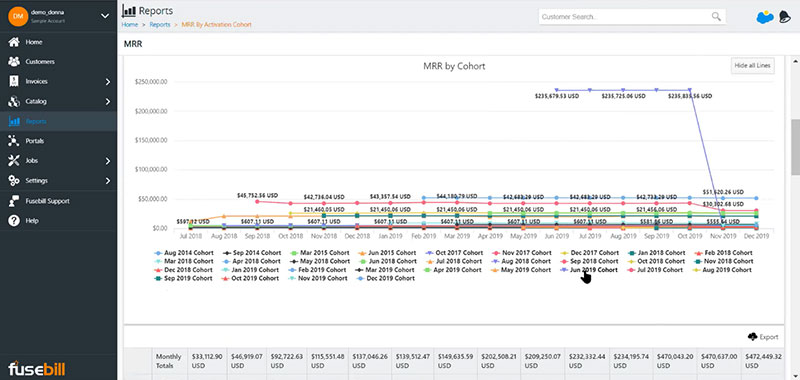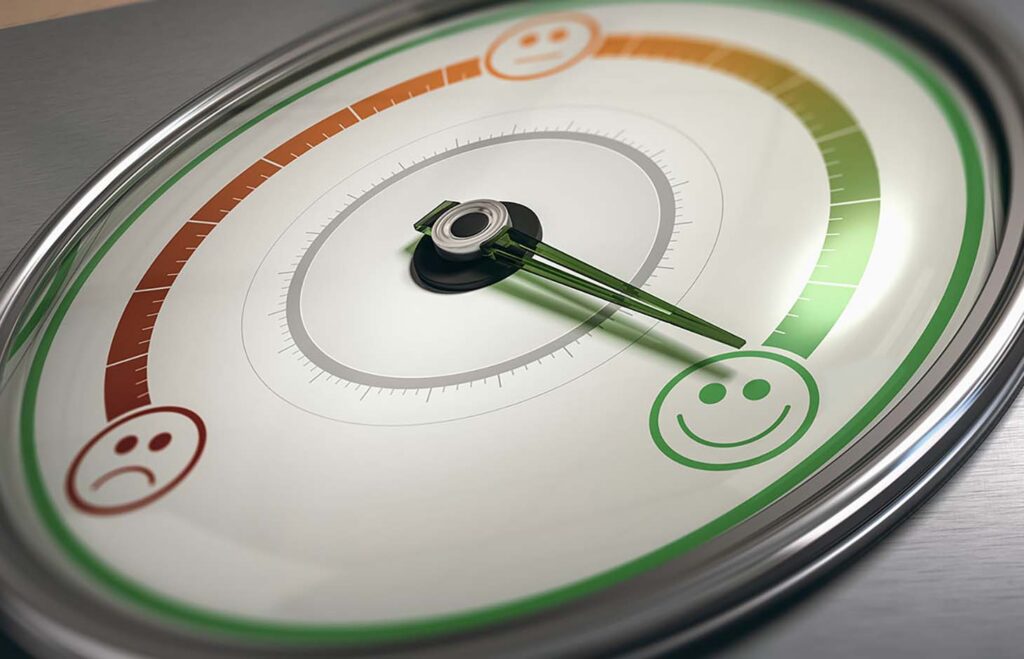Which of your customers generate the most recurring revenue for your business?
Odds are, you’re thinking about some of your best-fit, long-term customers. These accounts represent customers that get exactly what they need from your SaaS business. They also represent possibly your best source of revenue when the economy takes a turn for the worst.
As businesses and consumers tightened their belts in the economic fallout of COVID-19, customer retention became more important than ever before. One Gainsight survey of SaaS CXOs found that in response to dips in retention, 87.5% plan to keep or grow their customer success management teams in 2020.
‘Sales as a service’ application provider Close echoes this move. The company says staying off their customers’ chopping blocks is crucial in times of crisis, and it recommends a proactive, customer-centered approach that helps customers reduce costs without cancelling their subscription.
Why is retention so important? Because maintaining predictable monthly recurring revenue, or MRR, keeps your cash flowing and your business afloat. So in challenging times, it becomes crucial to optimize your SaaS company around reducing churn.
Should SaaS Businesses Abandon Customer Acquisition when Times Get Tough?
Of course not, but rethinking acquisition in terms of retention further along the customer lifecycle can make all the difference.
Strategically guiding the right prospects through phases as potential customers, new customers, and finally, long-term customers allows SaaS businesses to work toward increasing their customer lifetime value (CLV). This, in turn, lays a strong foundation of predictable recurring revenue that will support growth—even through the toughest times.
With the right approach, SaaS leaders can dramatically reduce the risk of customer churn. And while retaining that MRR, they can even work toward growing it through expansion MRR—something we’ll touch on later.
First, Find the Right Potential SaaS Customers.
The journey to churn reduction and MRR maintenance begins even before prospects become customers. Prevent buyer’s remorse with smart lead generation strategies that focus on your ideal target audience and connect with potential customers that actually want or need your product.
Clearly convey your value proposition for your target audience in marketing and sales materials. Leaving little room for confusion about what your product can and can’t do will prevent bad-fit customers from signing up only to churn out later.
When HubSpot set out to reduce its user churn, it leveraged this concept with its sales team. By incentivizing sales associates with compensation for new customers that stayed at least four months, the growth platform provider retained $100 million in annual subscription revenue.
Creating a sales strategy that prioritizes and rewards good-fit leads in this way lays the foundation for higher retention. Ensure everyone on the team is invested in retaining customers, and you’ll reduce your churn rate in the process.
You’re probably already tracking and analyzing your data to commission your sales team. Perhaps you’re looking at the number of qualified leads that become sales, or the MRR from sales made by your team.

You can also track your customer activation cohorts, like in the above report, to make sure your sales team is bringing in customers that stick around, provide recurring revenue to your business over time, and even grow with your business.
In the above report you can see, for example, that the MRR from the cohort activated in June 2019 fell sharply in Nov 2019. Information like this allows you to dig deeper into potential preventable causes, like an errant sales person or an understaffed implementation team that dropped the ball.
By the way, HubSpot didn’t stop at sales incentivization, and neither should you. Like any good SaaS business, it followed through by prioritizing onboarding and customer support.
Nurture Your New SaaS Customers for Long-Term Success.
Seamless onboarding and early customer success are crucial to retaining new customers.
“The seeds of churn are planted early,” customer success leader Lincoln Murphy explains.
Customers that churn out or don’t renew often have issues very early in the lifecycle. Responsive support during onboarding can make all the difference. So be there when customers need the most help.
An experience reinforces prospects’ decision to become customers. This is accomplished with effective communication from the start, along with educational content, such as guided software tours that map out the UI and highlighting useful features.
The main goal of onboarding is to reduce the churn rate by ensuring early customer success. To do that, you’ll need to know how to measure customer success. One way is to use one or more CSLIs, or Customer Success Leading Indicators.
CSLIs are based on a product’s value proposition, and thus are unique to every SaaS business. They might look like:
- completing a meditation on the Calm app
- sending 2,000 team messages on Slack, or
- scheduling and hosting 5 meetings in 30 days on Zoom.
These indicators represent a critical event that customers typically must reach to be fully convinced of a SaaS product’s value.
Account activation is not a guarantee against churn. Design onboarding around a customer success leading indicator, get customers to that event before popular churn-out points—and watch your retention and customer lifetime value rise.
Once your customers have met the CSLI, retention can be leveraged to generate even more revenue.
Expand Your MRR and Achieve Negative Churn.
One way to think about retention versus acquisition is to think about hunting versus farming.
With acquisition, sales teams go out and ‘hunt’ down leads to close deals and increase revenue. This is necessary, but resource-heavy and time-consuming.
However, with enough retention, SaaS businesses can harvest revenue from existing customers by encouraging upgrades or expansion of services or coverage. This approach not only further reduces the risk of churn by increasing the value of your product to your customers, but it also results in expansion MRR.
It’s also worth mentioning that selling to an existing customer is successful about 60-70% of the time compared to 5-10% for a new customer. And during a downturn when businesses hold on to their cash even more dearly, new MRR from new clients can be even more expensive to find.
Expansion MRR is a relatively low- or no-cost way to increase revenue and decrease churn, and it can also help a SaaS business go a step further to achieve negative churn.
Industry leaders often talk about churn reduction; negative churn goes beyond that. With enough expansion MRR, the new revenue generated can grow so large that it outweighs the churned revenue from downgrades and cancellations.
Achieving negative churn through expansion MRR doesn’t have to involve aggressive upsells to every existing customer. Once onboarded, customer success simply takes over check-ins with customers and identifies triggers for new opportunities.
If, for example, a customer reaches the threshold for the number of users on an account, Customer Success can notify their Sales Rep that it may be time to reach out and suggest an upgrade.
Some other options include:
- Offering promotions or discounts. Encourage upgrades with temporary discounts or free trials to help those on the fence about upgrading take the leap.
- Making upgrading easy. If a user wants to upgrade, how many steps must they navigate through to reach the option on a self-service portal? If it’s more than two, consider putting an “upgrade” button somewhere prominent on a home screen, dashboard, or menu.
- Updating your premium features. Use usage data to determine which of your features bring the most value to customers. If charging a premium wouldn’t undermine your core product value, it may be time to update your catalog.
Alternately, use customer feedback to create a new, in-demand feature that didn’t exist before. Add these high-value features to a premium subscription or as an add-on to increase expansion MRR. - Diversifying your offerings. Calm started as a meditation app, but now offers sleep monitoring and music, videos, nature scenes, and even masterclasses to reduce anxiety and increase relaxation and mindfulness. Consider whether it’s time for your SaaS product to branch out.
Ultimately, your goal is to meet customers’ needs so that they’ll stick around. Upsell considerately, and you can increase retention, customer lifetime value, and expansion MRR to achieve negative churn.








